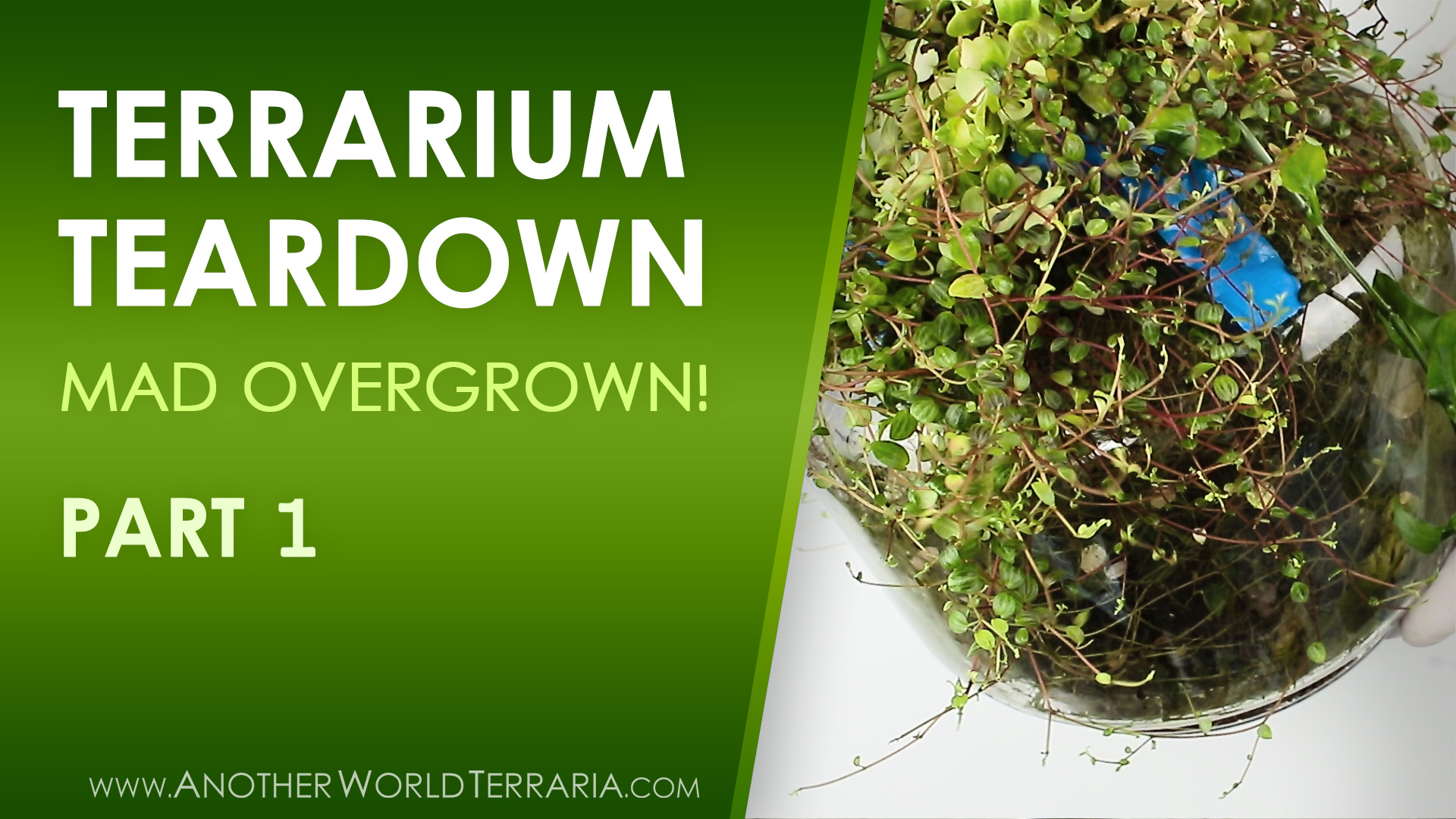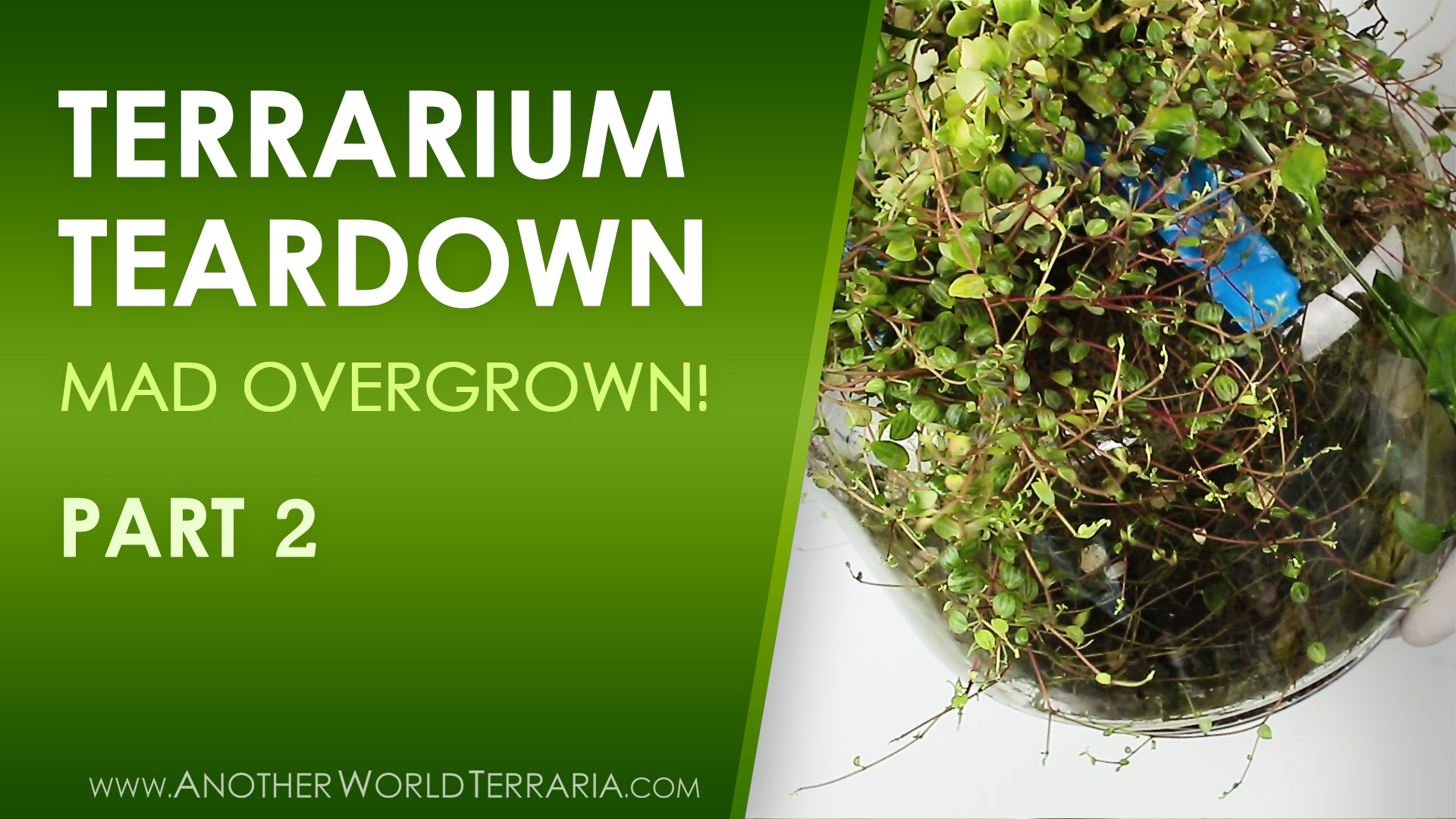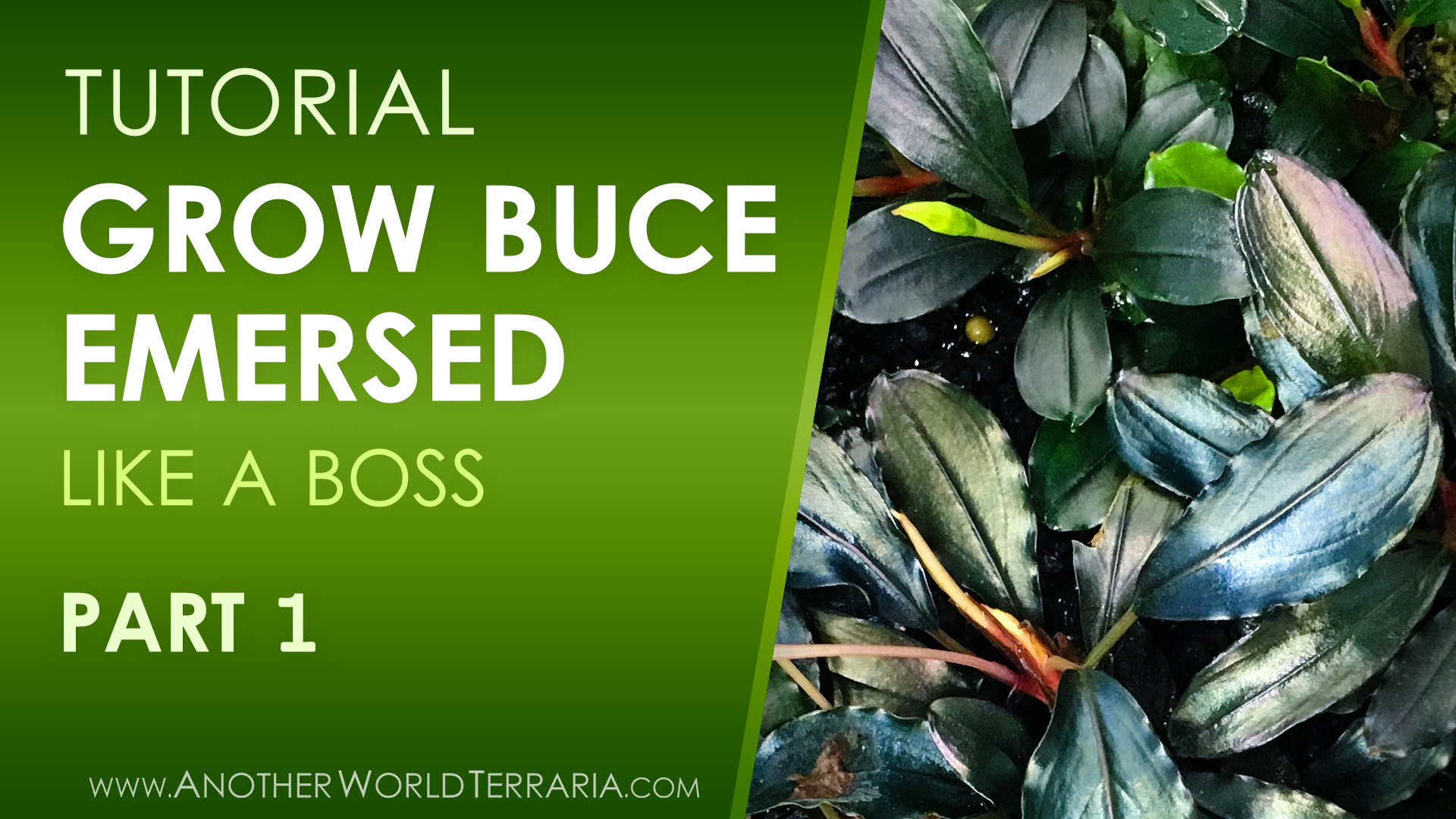If you’re not using springtails for your terraria and plants, you’re missing out, big-time! Watch and learn :D
In this video:
- Basic info about Springtails (what they are, what the benefits are)
- Detailed info about the elements of the culture
- Step-by-step tutorial – follow along as I make a culture
Introduction
First I’ll share some super quick info about springtails in case you don’t know much about them, and then we’ll jump right into the tutorial
What are springtails?
Springtails, sometimes referred to as “Springs,” are tiny creatures in the genus Collembola, which once were considered insects, but are now classified as hexapods. There are many different species which vary in size, appearance, and habitat, but in general they are about ⅛” long or less, and live in wet and humid conditions with decaying matter. They’re found almost everywhere in the world.
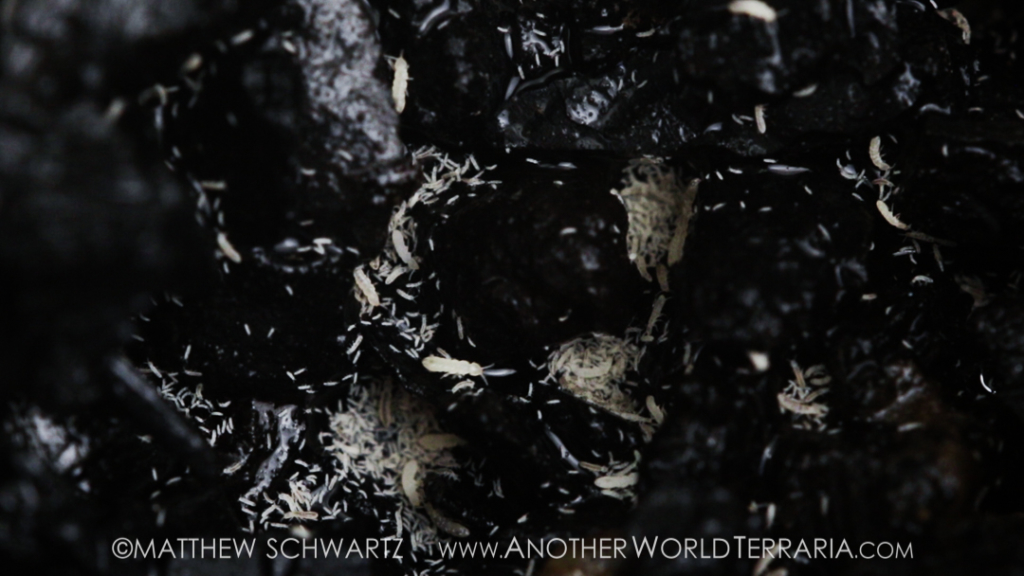
What are the benefits of springtails?
- they consume decaying matter and mold, which keeps the environment and plants healthy
- they also burrow in the substrate which helps keep it aerated and may stimulate healthier plant growth
- and in my opinion they add interest and can be fun to watch, along with my one of my other favorite microfauna, the Dwarf White Isopod (Trichorhina tomentosa)
How to make a springtail culture
Springtails are very easy to keep. I have a number of different species living throughout my plant collection and terraria. The ones I’ll be using for this tutorial are a large, white, temperate species. I like them because they reproduce extremely fast and their larger size means they can eat more decaying matter, to help prevent mold outbreaks.
What you’ll need:
Container
You’ll want your culture container to have the following qualities:
- it needs to be waterproof, so glass or plastic are ideal
- it needs a securely fitting lid so it contains the humidity. I prefer containers which have screw on lids, so if you knock over the culture by accident it won’t spill out
- it needs to be large enough to support huge amounts of springs because they breed super fast.
- and you want it tall enough that when you open it they don’t jump out. if using deli containers, avoid the shorter, smaller ones and go with the taller styles or some other kind of container
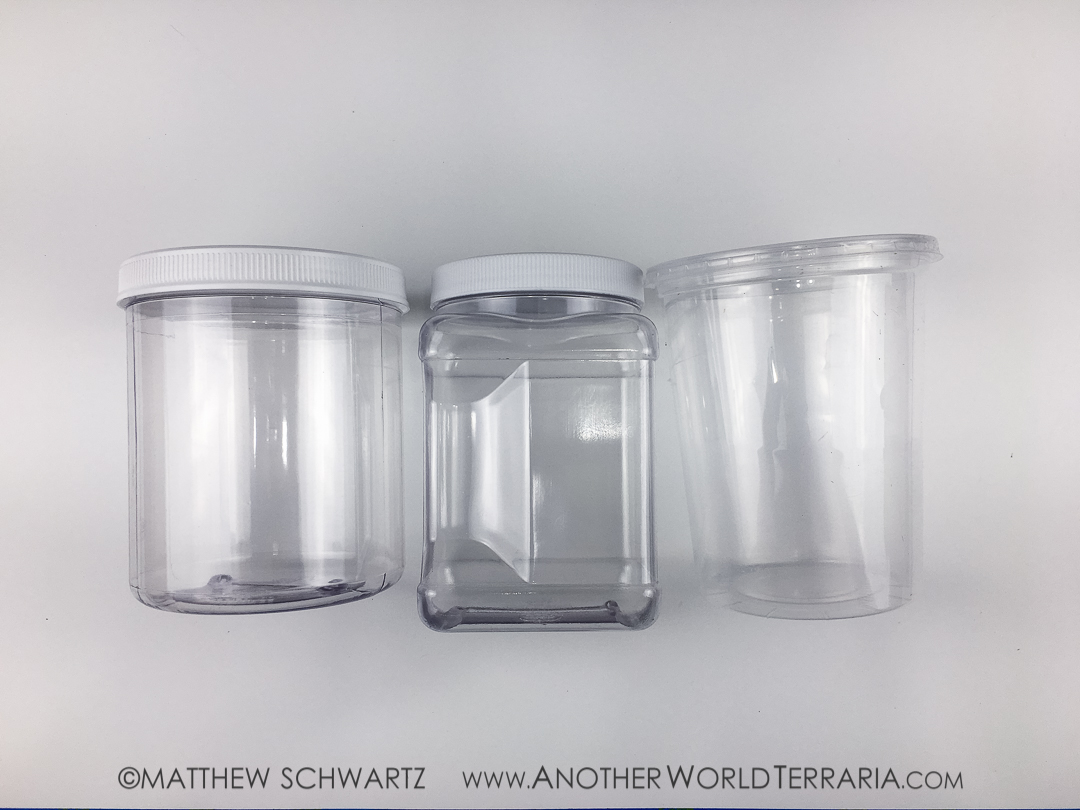
I use containers which I bought at TAP Plastics. In my opinion they are the perfect container for springtail cultures.
- they are crystal clear plastic so you can easily see everything in the culture
- they are relatively rigid and don’t buckle or flex when you pick them up
- the square model has a narrower side with grip so it’s easy to pick up, although the cylindrical model has more volume
- and the lids screw on, giving added security, as mentioned earlier
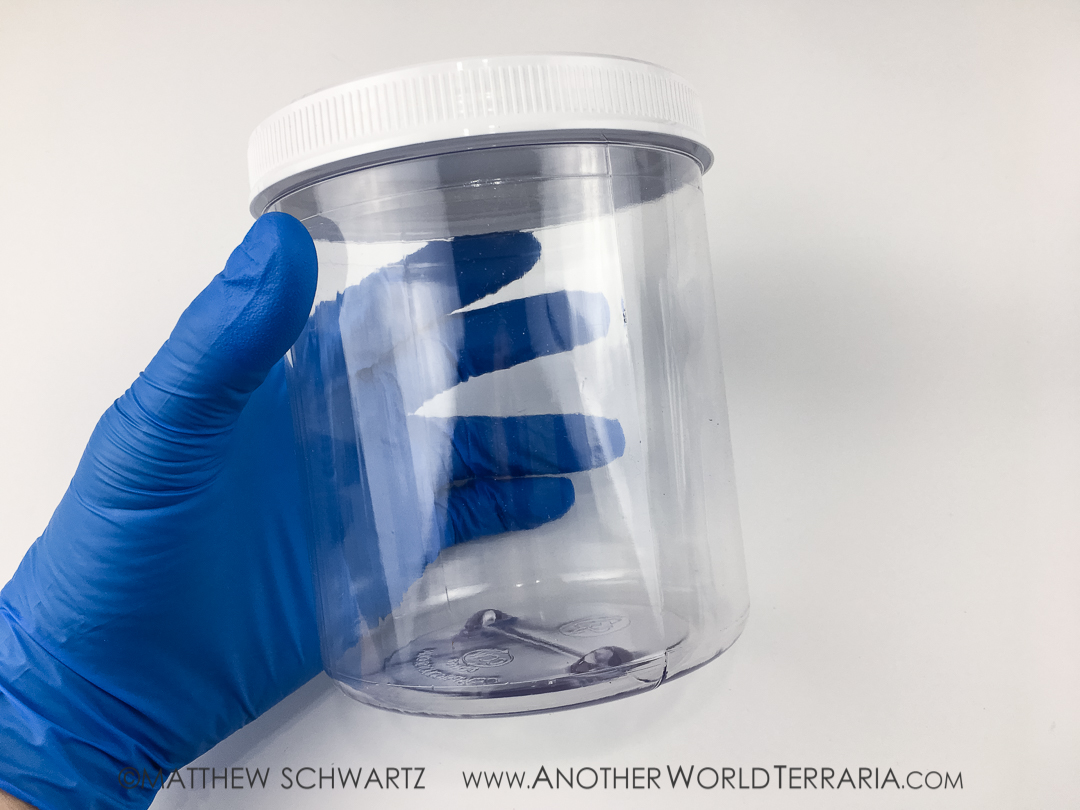
Substrate
There is one substrate that is by far the best choice, and that is charcoal.
The benefits of charcoal are
- it lasts practically forever and doesn’t breakdown
- it doesn’t get moldy, which is important because the culture conditions are extremely wet, humid, and stagnant
- it absorbs and locks in harmful substances, keeping the culture fresher and healthier
- it can stand in water without any problems, which is good because about ⅓ or ½ of the substrate will be in water
- it has a large surface area so it can sustain large populations of springs in a small area
I use horticultural charcoal, which you can buy at home improvement stores, garden shops, and vivarium supply companies.

Water
You’ll keep some water in the container to maintain humidity and provide a method of distributing springtails into your terraria.
I prefer distilled water because it has no chemicals or minerals which might cause problems in the culture.
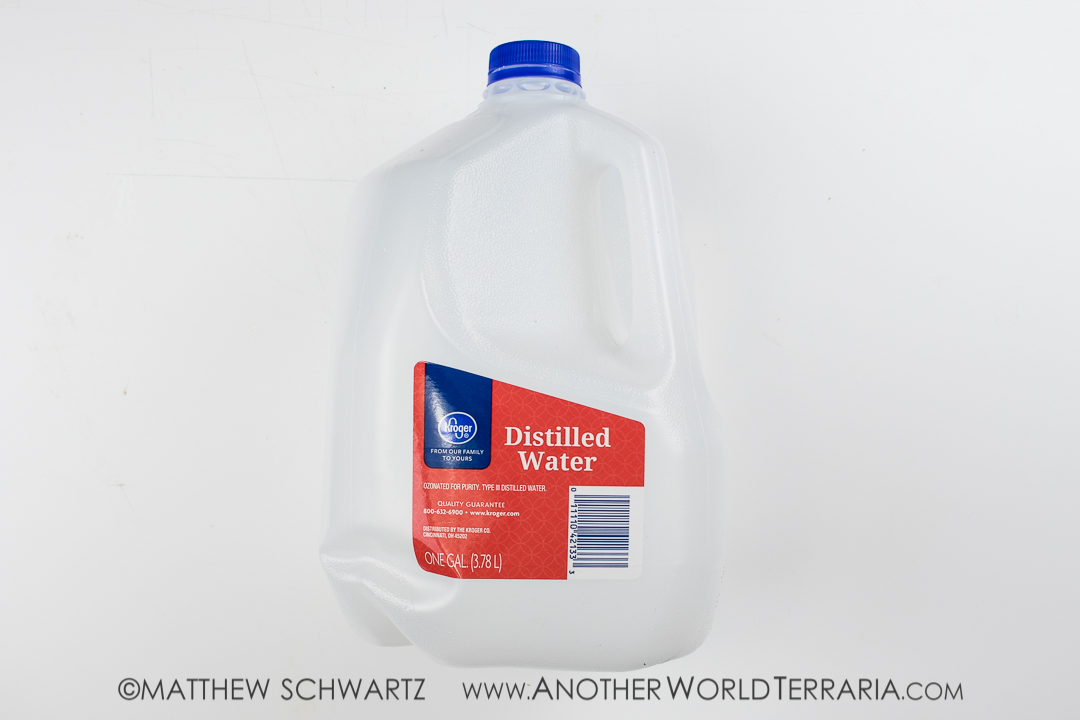
Food
I feed my springtails mostly vegetables such as zucchini and squash, as well as a few freeze dried blood worms, and occasionally, specialized foods like Repashy Bug Burger.
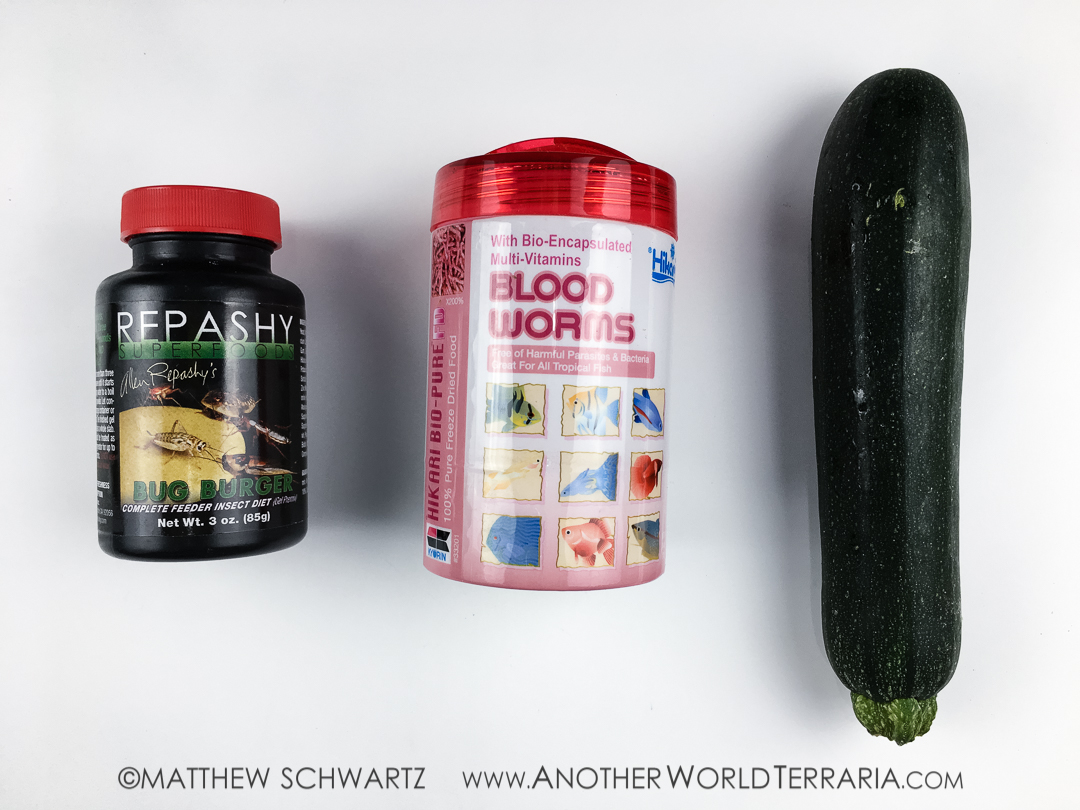
Springtails
Of course, you’ll need a springtail starter culture of some sort!

Steps:
- If you want, you can rinse the charcoal, but it’s not necessary
- Put the charcoal in the container to the desired depth. I’d recommend about 3 or 4 inches. The more volume of charcoal, the more of a population it can sustain, but remember to use a container tall enough that the substrate won’t be too close to the top, as the springtails will jump when you remove the lid.
- Pour distilled water into the container to about ⅓ or ½ of the depth of the substrate
- Add springtails from your starter culture
- Add a small amount of food
- Put the lid on
- Place the culture in a relatively dark environment away from direct light and extreme temperatures
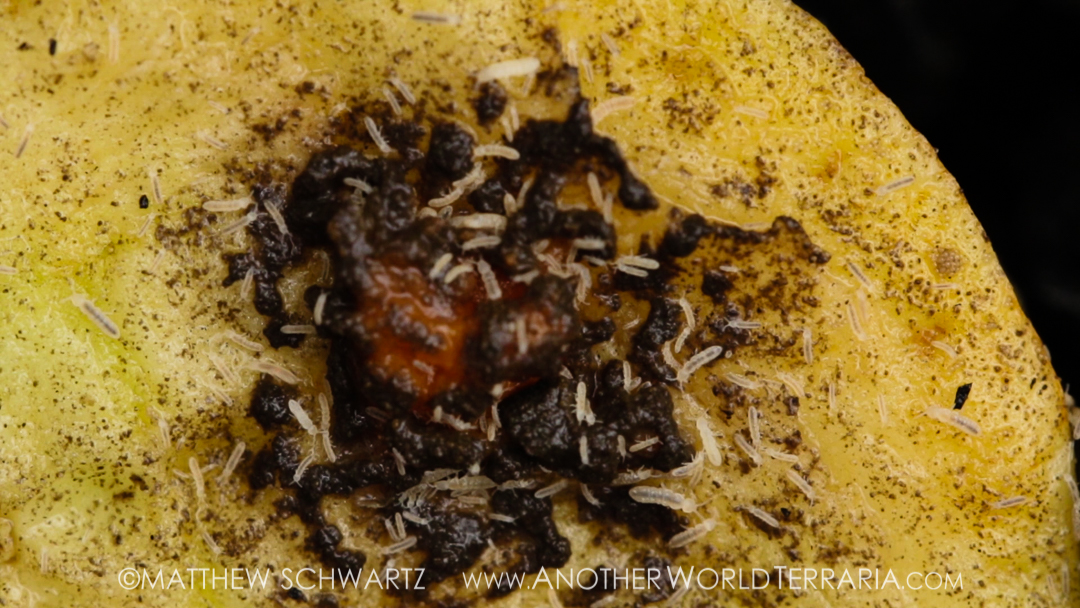
Tips:
- You’ll want to start off with less food when the culture is young because there won’t be as much of a population to eat the food. After they’ve bred a bit and their numbers explode, you can increase the amount of food you give at each feeding. don’t add more food until the existing food is gone
- I would recommend keeping at least two, preferably three or more cultures, so you always have plenty of springs for your terraria and plants. in addition to giving you a significant population, it will also serve as an insurance policy in case one of the cultures dies off for some reason.
- When you have multiple cultures, you can use springs from one culture while the other cultures increase in population, then move that culture out of circulation and start using springs from one of the others. this way you’ll have minimal impact on the cultures at any one time.
- When you want to add some springtails to your terraria or plant bins, carefully pour some water out of the culture into the plant container, and the springs will float out on the surface. after a few small pours or one larger pour, replace the lost water

